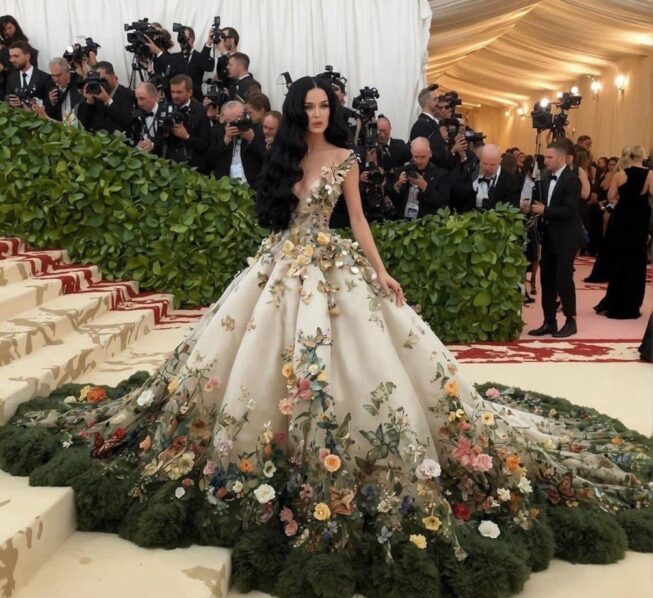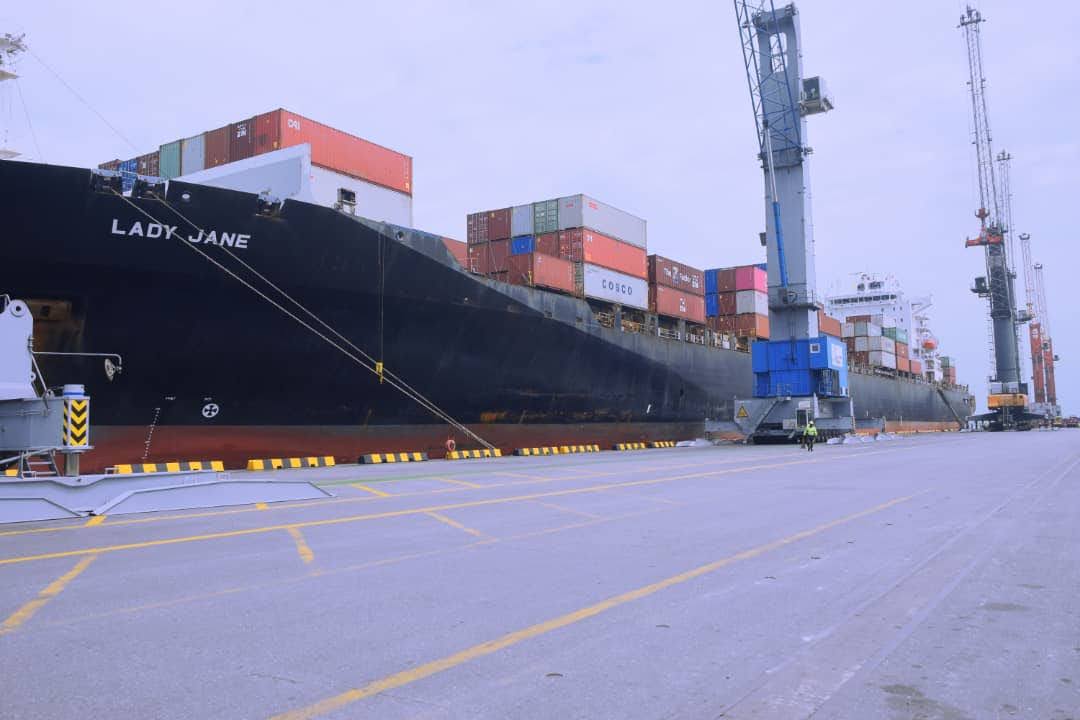
Sir: In the age of Artificial Intelligence, Deepfake is used to generate someone’s speech and images, videos and making somebody believe as who it is.
A growing number of people rely on social media and other online sources for information and are susceptible to convincing deep fakes.
The emerging technology is apparently misused to create a lot of problems such as inappropriate political statements that could lead to even civil unrest, fake promotions and false information in society.
It is used to create false narratives by making it appear that people said or did things they never did.
Deepfakes are confusing reality and in recent times well known political statues such as Canadian Prime Minister Justin Trudeau, President of United States of America, Joe Biden, India’s home minister, Amit Shah are the victims.
Celebrity Hoaxes:
There are many other film and sports celebrities such as Sachin Tendulkar, RashmikaMandanna, and even Pope is not an exception from deepfake.
Some examples of Deep fake exists online but not in real life
1.Deep fake image of Katy Perry posted in social media received 17.4 million views.
2.Pope Francis wearing a white puffer jacket got over 30 million views across several posts.
3.Deep fake of Sachin Tendulkar praising a gaming app and claiming that her daughter is making huge money by playing the game posted on social media.
4. Deep fake of Trump being arrested posted on social media having seven million views.
5. Audio deepfakes impersonate voices for scams, such as fooling family members or employees.
Recently, a famous engineering company (ARUP) that is behind world famous building company, such as Sydney Opera house has recently confirmed that it was a target ofdeepfake that lead of its employee paying $25million.
How is deepfake content created?
Creating deepfake involves complex and sophisticated AI and Machine learning algorithms and techniques
A. AI Voice cloning
You can create your AI voice clone from just a few minutes of sample audio. There are tools available online with easy access to do this.
One example is elevenlabs.io. Just with around 4000 INR one can create a clone voice and it can reach unparalleled accuracy across 29 languages, including Hindi.Even there are some free tools out there
B. AI Avatar Cloning
A custom avatar is a realistic digital version of yourself. They are designed in the same style as you, they capture your unique likeness. This allows someone to create a personalised video. All one need to do is submit the video footage and there are AI video creation platforms that willprocess the video footage using the advanced AI algorithms and generate a custom avatar.
Platforms like synthesia.io, deepbrain.io create the custom video AI cloned avatars.
I have myself visited the Deep Brain booth at CES 2022 in Las Vegas and seen their models. However using these platforms, it is not possible to create avatars for anyone without the explicit consent of the person involved.
How to detect Deepfake
Can normal end users detect? Yes and No.
Yes, some of the images if you zoom them, you will see body collisions and finger collisions.
No, some of the videos it’s hard to detect for common people.
See example 1 of Kate Perry: All the photographers except one are not looking at her.
Example 2 of Pope Francis: Right hand fingers holding cup have collisions.
Top tech companies are planning to use AI technology itself to detect Deepfake.McAfee and Intel are collaborating to combat the Deepfake detector (link).Open AI like ChatGPT is releasing their own deepfake detector.
Lack of legislation around AI
Deepfakes are largely unregulated at this time. Keeping the law in sync with the new technology is important. Voices/videos generated using AI should be brought into disclosures. Hope to see the government regulations soon on Deepfakes.
• Boyapati Sai Chand works at Samsung Research United States of America. He can be reached via Boyapati [email protected]






